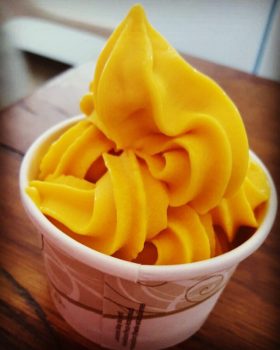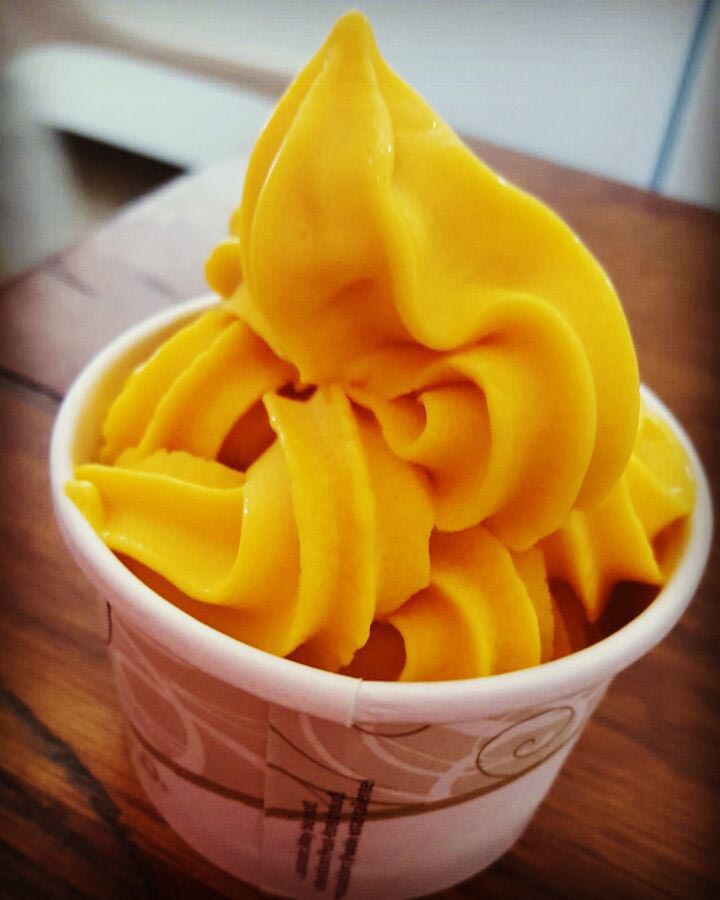With tropical fruits having, over time, secured a fair measure of global popularity for what is widely believed to be their health-related benefits, Damien and Nicola Da Silva may well, in the fullness of time, make their names far beyond Guyana’s shores for the value which their experiment has added to an impressive range of local fruit. Their journey may have only just begun but there are indications that they are headed in the right direction. Nothing nearly as ambitious as an export market is contemplated for their ice creams at this time though there is an unmistakable market potential to an experiment that can easily take the region – and beyond – by storm. Nikky’s locally flavoured ice creams is making its reappearance on the local market at a time when comfort foods are undergoing considerable re-evaluation as ambitious investors seek to create a revolution in taste.
More than three years ago the couple began to utilize soursop, awara, water melon, pineapple, pawpaw, guava, golden apple and kuru reaped from their 55-acre farm at Parika Back Dam. Damien is a farmer-turned agro-processor and what he has been able to do with local fruit is eye-catching.
 The experiment with transforming the best-known local fruit into ice cream began as a low-technology pursuit that involved cleaning pulping/stripping and blending the fruit with full cream milk. The finished product is perhaps best described as frozen fruit that can be eaten from a cup after the fashion of ice cream. The Stabroek Business’ own inexpert testing gave the product an unqualified pass mark.
The experiment with transforming the best-known local fruit into ice cream began as a low-technology pursuit that involved cleaning pulping/stripping and blending the fruit with full cream milk. The finished product is perhaps best described as frozen fruit that can be eaten from a cup after the fashion of ice cream. The Stabroek Business’ own inexpert testing gave the product an unqualified pass mark.
The entire production process takes place at the Da Silva’s Camp street establishment, the production process being undertaken by a machine known as a Soft Serv Ice Cream Machine. The new machine replaces an earlier piece of equipment which had to be set aside after it had become defective. That had marked the start of a temporary decline in the ice cream-making operation. In the period since the production of ice cream was suspended patronage shifted to alternative brands though Damien believes that with the return of the local flavours the patronage will return. Apart from stocking the products at each of their three branches the proprietor has plans to invest in customized packaging and labeling. His target, expanding distribution across the local market early in the new ear.
There are, as yet, no exalted ambitions in the direction of an export market. The Da Silvas are acutely aware of the heights which their products must scale – particularly in terms of product presentation – before it can match – in terms of presentation – similar products that may not necessarily their own in either taste or quality, but which is supported by more significant levels of investment that allow room for parading their products to a bigger, more lucrative market. That is a challenge which the local manufacturing sector is yet to overcome.

